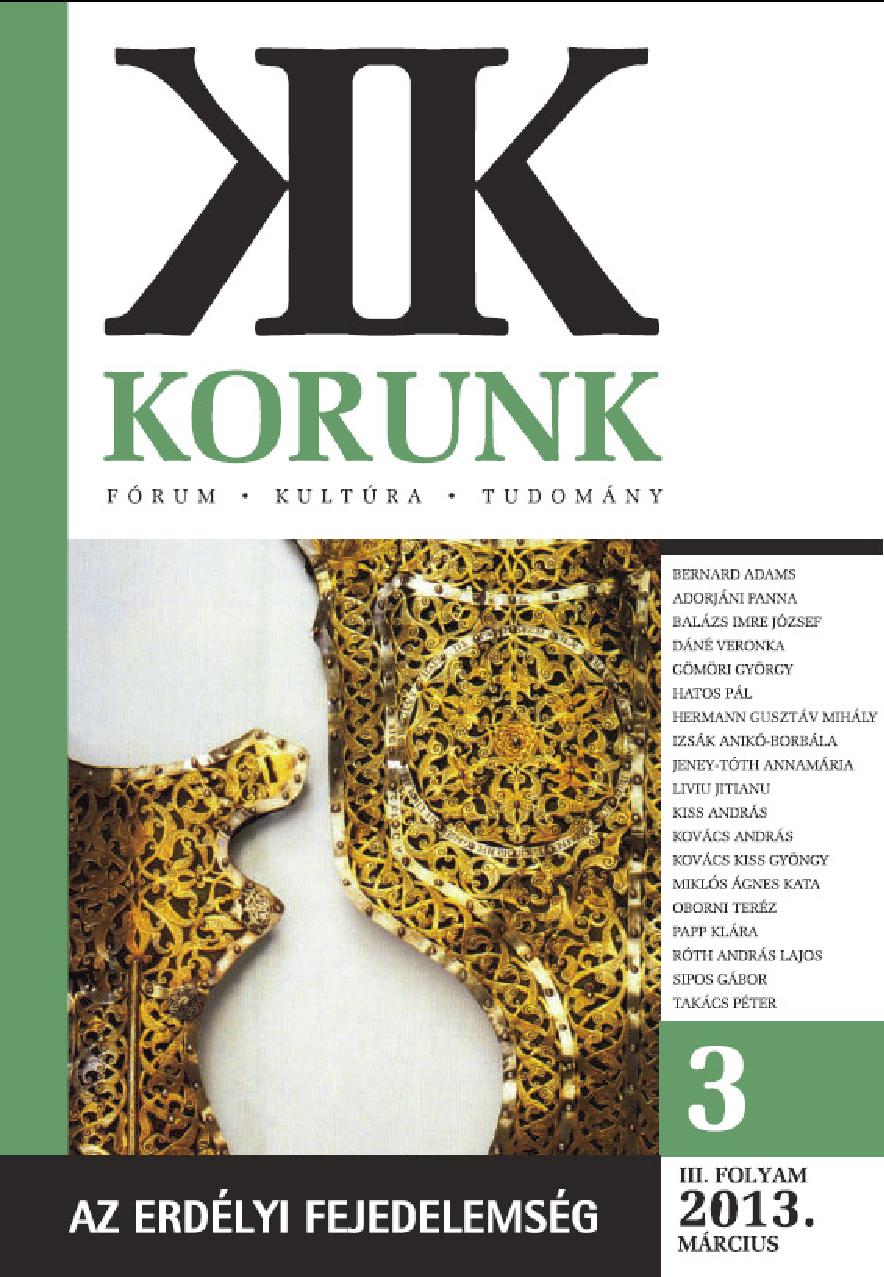Fejedelmi építkezések Erdélyben
Princely Building Operations in Transylvania
Author(s): András KovácsSubject(s): History, Modern Age
Published by: Korunk Baráti Társaság
Keywords: Principality of Transylvania; building operations; late renaissance; Szamosújvár (Gherla); Nagyvárad (Oradea); Gyulafehérvár (Alba Iulia); Gabriel (Gábor) Bethlen; Collegium Academicum; Giacomo Resti
Summary/Abstract: The beginning of the principality coincided with the spreading of the manifestations of the high and the late renaissance in Transylvania. The castles Szamosújvár (Gherla) and Nagyvárad (Oradea) are important early relics of the revolution in the field of military science. In the transitional period, Queen Dowager Isabel and her son, John Sigismund, occupy the domains of the bishop and the chapter of Transylvania. Due to these circumstances, the capital of the principality is located at the seat from Gyulafehérvár (Alba Iulia) of the medieval episcopate. The bishop’s palace has been remade and extended already in these first decades. The greatest achievement from the era of the princes from the House of Báthory was the castle of Nagyvárad (Oradea). The next important period of building operations begins with the reing of Gabriel (Gábor) Bethlen (1613–1629). Practically, he tripled the extension of the princely palace and established the Collegium Academicum, built a water conduit and also contributed to city planning. His Lombard architect, Giacomo Resti, planned the residences built at the domains of Alvinc (Vinţul-de-Jos), Nagyvárad (Oradea), Radnót (Iernut) and Balázsfalva (Blaj), which also served as models for his entourage. His interrupted building operations were continued by the princes György Rákóczi I and II. After the great destructions of the years 1658–1661, practically everything had to be resumed from scratch.
Journal: Korunk
- Issue Year: 2013
- Issue No: 03
- Page Range: 69-79
- Page Count: 11
- Language: Hungarian

